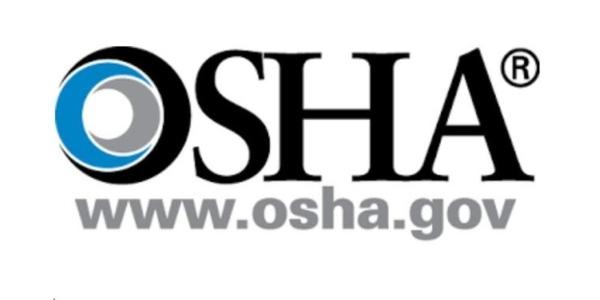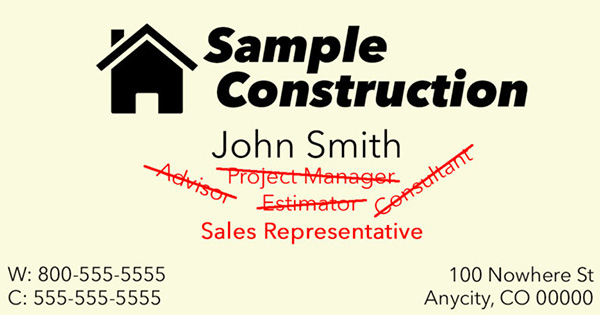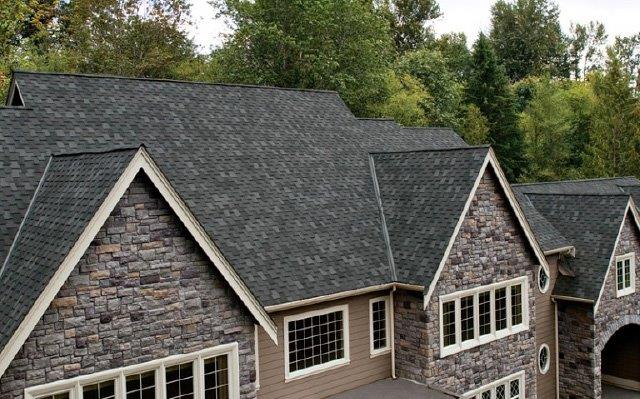What Is Residential Construction?

By CRCA Staff.
OSHA’s interpretation of "residential construction" for purposes of 1926.501(b)(13) combines two elements – both of which must be satisfied for a project to fall under that provision:
- The end-use of the structure being built must be as a home, i.e., a dwelling; and
- The structure being built must be constructed using traditional wood frame construction materials and methods. The limited use of structural steel in a predominantly wood-framed home, such as a steel I-beam to help support wood framing, does not disqualify a structure from being considered residential construction.
- Traditional wood frame construction materials and methods will be characterized by:
- Framing materials: Wood (or equivalent cold-formed sheet metal stud) framing, not steel or concrete; wooden floor joists and roof structures.
- Exterior wall structure: Wood (or equivalent cold-formed sheet metal stud) framing or masonry brick or block.
- Methods: Traditional wood frame construction techniques.
What Are the Subpart M Requirements for Residential Construction?
Under 29 CFR 1926.501(b)(13), workers engaged in residential construction six (6) feet or more above lower levels must be protected by conventional fall projection (i.e., guardrail systems, safety net systems, or personal fall arrest systems) or alternative fall protection measures allowed under 1926.501(b) for particular types of work. A personal fall arrest system may consistent of a full body harness, a deceleration device, a lanyard, and an anchor point. See definition of “personal fall arrest system” in 29 CFR 1926.500.) If an employer can demonstrate that fall protection required under 1926.501(b)(13) is infeasible or presents a greater hazard, it must implement a written, site-specific fall protection plan meeting the requirements of 29 CFR 1926.502(k). The fall protection plan must specific alternative measures that will be used to eliminate or reduce the possibility of employee falls.
What Are the Training Requirements for the Use of Fall Protection Systems?
In accordance with 29 CFR 1926.503, the employer must ensure that each employee who might be exposed to fall hazards has been trained by a competent person to recognize the hazards of falling and in the procedures to be followed in order to minimize those hazards. In addition, the employer must verify the training of each employee by preparing a written certification record that contains the name/identity of each employee trained, the dates(s) of training, and the signature of the employer or the person who conducted the training.
Is OSHA Prohibiting the Use of Slideguards as Employee Protection During the Performance of Roofing Activities in Residential Construction?
Slideguards cannot simply be used in lieu of conventional fall protection methods under 1926.501(b)(13). However, slideguards may be used as part of a written, sitespecific fall protection plan that meets the requirements of 1926.502(k) if the employer can demonstrate that the use of conventional fall protection (i.e., guardrail, safety net or personal fall arrest systems) would be infeasible or create greater hazards.
Can Monitors Still Be Used?
Under 1926.501(b)(10), safety monitoring systems can be used in conjunction with a warning line system to protect employees during the performance of roofing work on roofs of 4 in 12 pitch or less. When such a roof is 50 feet or less in width, a safety monitoring system can be used alone, i.e., without a warning line system. Under 1926.501(b)(13), if the employer can FAQS FOR RESIDENTIAL CONSTRUCTION & ROOFING By CRCA Staff 16 CRCA TODAY /// Summer 2019 demonstrate that the use of conventional fall protection would be infeasible or create a greater hazard, monitors may be used as part of an employer’s written fall protection plan under 1926.502(k).
Are There Requirements for Safety Monitoring Systems?
Yes. Safety monitoring systems must meet the requirements of 29 CFR 1926.502(h) including, but not limited to, requirements that monitor:
- Be competent to recognize fall hazards;
- Be on the same walking working surface and within visual sighting distance of the employee being monitored
- Be close enough to communicate orally with the employee
- Not have other responsibilities which could take the monitor’s attention from the monitoring function
Visit the 2018 Fall CRCA Today issue to learn more about ways to reduce falls during Residential Construction Roof Repair.
Original article source: CRCA






















Comments
Leave a Reply
Have an account? Login to leave a comment!
Sign In